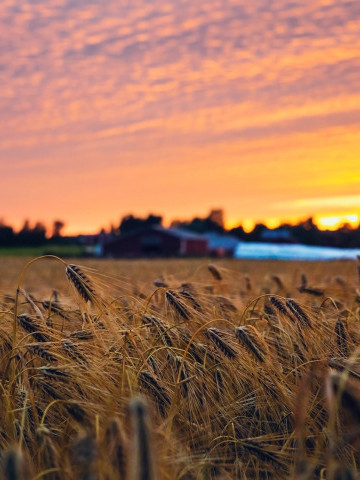
Bioekonomi
I bloggen Bioekonomi får du veta mer om Yrkeshögskolan Novias forsknings-, utvecklings- och innovationsverksamhet inom forskningsområdet systemomställning för att bygga resiliens. Majoriteten av personalen finns huvudsakligen i Raseborg. Här bildar forskare, projektarbetare, lärare, studerande och administrativ personal en dynamisk helhet. På vår blogg kan du läsa om vilka vi är, vad vi gör och om våra resultat. Välkommen!
Vid frågor eller feedback kontakta bloggens administratör Heidi Barman-Geust (Heidi.barman-geust(a)novia.fi)
Vi följer CC BY 4.0 om inget annat nämns.
Systemic Transformation to Build Resilience is one of Novia University of Applied Sciences six' research areas. The activity is mostly located in Raseborg, in southern Finland. As a dynamic unity, our researchers, project workers, teachers, students and administrative personnel produce versatile results in research, development and innovation. We blog about who we are, what we do, what our conclusions are, and how we implement them. Welcome!
If you have questions, please contact Heidi Barman (Heidi.barman-geust(a)novia.fi)
We folllow CC BY 4.0 if nothing else is stated.
Westfjords: Being remote is not a disadvantage – it is an opportunity
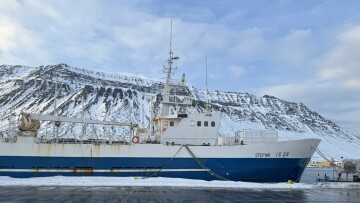
What comes to your mind when you think about Iceland? Most likely, you think about unique nature and the flow of tourists is very close in your thoughts. However, February is always challenging in Iceland due to weather conditions and the total unpredictability of them. Thus, most tourists wait for the summer and postpone their visits, but for me, it is a great opportunity to see what circumstances are faced by locals. Especially, in such a place like the Westfjords, which is geographically a bit separated from the “mainland”. However, this characteristic actually adds to the charm of uniqueness to the Westfjords on top of the diversity of nature with fjords, mountains, and coastal waters of Greenland Strait (yes-yes, locals say in good weather it is possible to see Greenland even without binoculars).
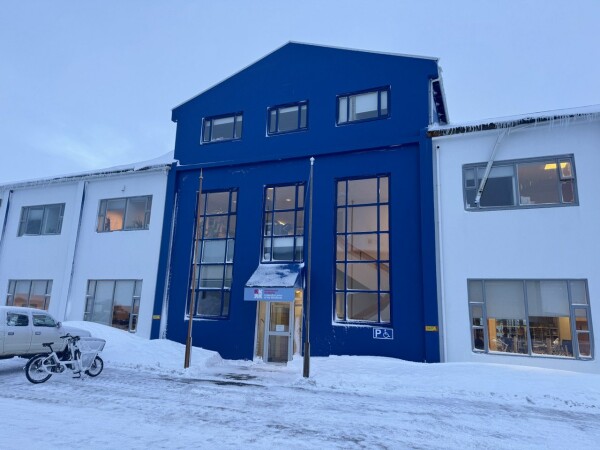 University Center of the Westfjords campus in February 2024. Picture: Ruslan Gunko
University Center of the Westfjords campus in February 2024. Picture: Ruslan Gunko
Here, in the remote paradise and the capital of the Westfjords (Isafjordur), is located, perhaps, the most western-located university unit in Europe - the University Center of the Westfjords (UW), which was the aim of my visit to Iceland this time. The main goal for UW is to deliver knowledge to students of two Master’s programs. It is not a surprise that all programs are related to the coastal features of the area and give a wide range of approaches to looking at coastal activities and life. On top of that, UW is actively involved in research and, especially, studies of different effects on coastal communities’ lives. This is what relates Novia and UW and motivates me to have active collaboration in research and development.
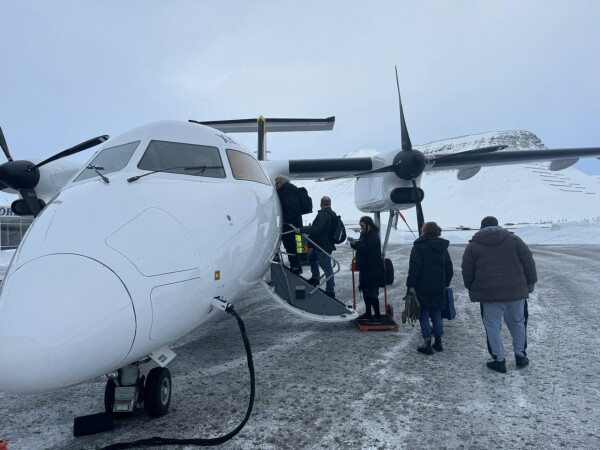 In winter small local planes is the almost exclusive option to teach Isafjordur from Reykjavik (of course, when it is not stormy). Picture: Ruslan Gunko
In winter small local planes is the almost exclusive option to teach Isafjordur from Reykjavik (of course, when it is not stormy). Picture: Ruslan Gunko
Additionally, I see a lot of challenges for local inhabitants and policymakers that are common for coastal communities of the Westfjords and Western Nyland. Yes, the challenges might have different objective reasons (e.g., high avalanche risks or remoteness in the Westfjords), but the consequences are typically similar: e.g., communities are lacking young people who aim to stay there for a longer period of time. Potentially, nature has the big role in resisting these challenges due to the significance of the natural environment for people’s well-being. The importance of nature for the everyday activities of local inhabitants is one more characteristic the Westfjords and South-West of Finland have in common.
 You can be very prepared and experienced of being in hard winter conditions, but the Westfjords is the next level. Pucture: Ruslan Gunko
You can be very prepared and experienced of being in hard winter conditions, but the Westfjords is the next level. Pucture: Ruslan Gunko
My goal for the visit to UW was to discuss potential ideas for common projects related to the role of nature and to build a research consortium for future project applications, and, of course, learn new approaches to the research questions. At the UW I spent one week full of meetings and discussions about the potential of sustainable development in coastal areas and the huge role of human capital in that. It might be surprising for many readers, but we concluded that remoteness, the common challenge for many Nordic coastal communities, can bring more opportunities than disadvantages, and often, it is related to the unique nature accompanied by remote characteristics. It can stimulate not only tourism but also an influx of new residents (of course, in combination with socio-economic factors), as well as help in the adaptation of already residing people. Of course, the link might not be straight-forward and has a lot of factors to account for, but this is our aim to investigate it and try to answer the questions. I left the Westfjords with a head full of ideas and a strict plan to work on the project plan aiming to deliver ideas to the application in the fall of 2024.
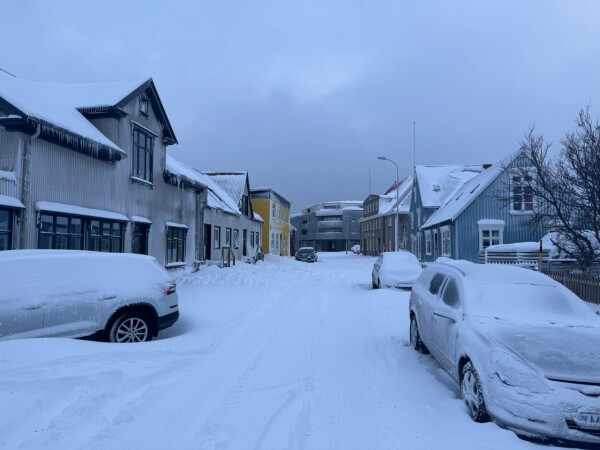 The way to the UW is always challenging on the day after the snow storm. Picture: Ruslan Gunko
The way to the UW is always challenging on the day after the snow storm. Picture: Ruslan Gunko
Cover picture: UW campus located in the port area so students and researchers experiencing the “real Iceland” landscape. Picture: Ruslan Gunko
Texten har granskats av Novias campusredaktion och publicerats 7.5.2024![]()
Bioekonomi
Blogginlägg som är granskat av Novias redaktionsråd är utmärkta med nyckelordet "Granskat inlägg".
Vi följer CC-BY 4.0 om inget annat nämns.
Ansvarsfriskrivning: Författaren/författarna ansvarar för för fakta, möjlig utebliven information och innehållets korrekthet i bloggen. Texterna har genomgått en granskning, men de åsikter som uttrycks är författarens egna och återspeglar inte nödvändigtvis Yrkeshögskolan Novias ståndpunkter.
Disclaimer: The author(s) are responsible for the facts, any possible omissions, and the accuracy of the content in the blog.The texts have undergone a review, however, the opinions expressed are those of the author and do not necessarily reflect the views of Novia University of Applied Sciences.